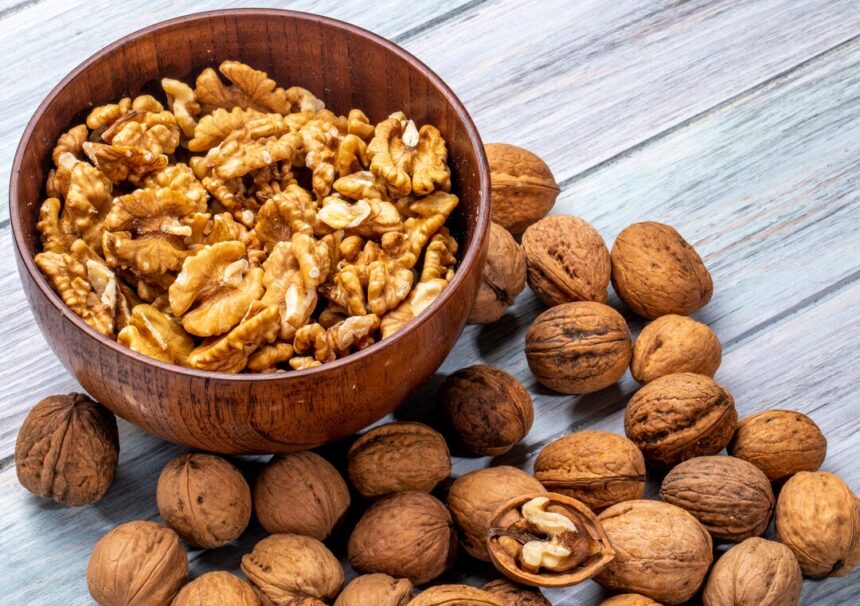The walnut industry in South Africa has been steadily expanding, driven by favorable growing conditions, increasing demand, and advancements in cultivation techniques. As walnut production continues to flourish, growers are continually seeking methods to improve both the quality and yield of their crops. In this article, we’ll explore some techniques for achieving higher-quality walnuts and maximizing yields in South Africa’s walnut orchards.
1. Selecting Suitable Varieties:
- Choosing the right walnut varieties adapted to South Africa’s climate and soil conditions is crucial for achieving optimal quality and yield. Varieties such as Chandler, Howard, and Hartley are popular choices known for their excellent nut quality, productivity, and adaptability to local growing conditions.
2. Orchard Establishment and Management:
- Proper orchard establishment and management practices play a significant role in maximizing walnut yield and quality. This includes site selection, soil preparation, planting density, and irrigation management to ensure optimal tree growth, health, and productivity.
3. Pruning and Training:
- Regular pruning and training of walnut trees are essential for shaping tree structure, promoting air circulation, and optimizing sunlight exposure. Pruning helps maintain tree vigor, reduce disease pressure, and improve nut quality by ensuring even fruit distribution and reducing overcrowding.
4. Pollination Management:
- Walnuts are predominantly cross-pollinated, requiring compatible pollinator varieties for optimal fruit set and yield. Proper pollination management, including selecting appropriate pollinator varieties, ensuring adequate bee populations, and coordinating bloom timing, is essential for maximizing walnut yields.
5. Fertilization and Soil Management:
- Implementing balanced fertilization programs and soil management practices tailored to the nutritional needs of walnut trees is critical for supporting tree health, growth, and productivity. Soil testing, nutrient monitoring, and targeted fertilization help ensure optimal nutrient uptake and minimize nutrient deficiencies.
6. Pest and Disease Control:
- Effective pest and disease management strategies are essential for protecting walnut orchards from damaging pathogens, pests, and other stressors. Integrated pest management (IPM) approaches, including cultural practices, biological controls, and judicious use of pesticides, help minimize pest and disease pressure while minimizing environmental impact.
7. Water Management:
- Efficient water management is essential for walnut production, particularly in regions with limited water availability or drought-prone climates. Implementing irrigation systems, scheduling irrigation based on tree water requirements, and maximizing water use efficiency help ensure adequate moisture levels for optimal tree growth and nut development.
8. Thinning:
- Thinning excess fruit from walnut trees is necessary to prevent over-cropping, improve nut size and quality, and reduce branch breakage. Thinning should be performed early in the growing season to ensure proper spacing between nuts and minimize competition for resources.
9. Harvesting and Handling:
- Harvesting walnuts at the optimal maturity stage and handling them carefully during processing are critical for preserving nut quality and flavor. Timely harvesting, proper handling, and post-harvest processing techniques, such as drying and curing, help maintain walnut quality and minimize damage.
10. Continuous Improvement and Innovation:
- Continuous monitoring of orchard conditions, crop performance, and market trends, along with ongoing research and innovation, are essential for driving improvements in walnut quality and yield. Embracing new technologies, adopting best practices, and staying informed about industry developments help growers stay competitive and maximize returns.
By implementing these techniques and practices, walnut growers in South Africa can enhance the quality and yield of their crops, ensuring a prosperous future for the country’s walnut industry. With dedication, innovation, and sustainable management practices, South Africa’s walnut growers can continue to meet the growing demand for high-quality walnuts in domestic and international markets.
Join 'Farmers Mag' WhatsApp Channel
Get the latest Farming news and tips delivered straight to your WhatsApp
CLICK HERE TO JOIN






